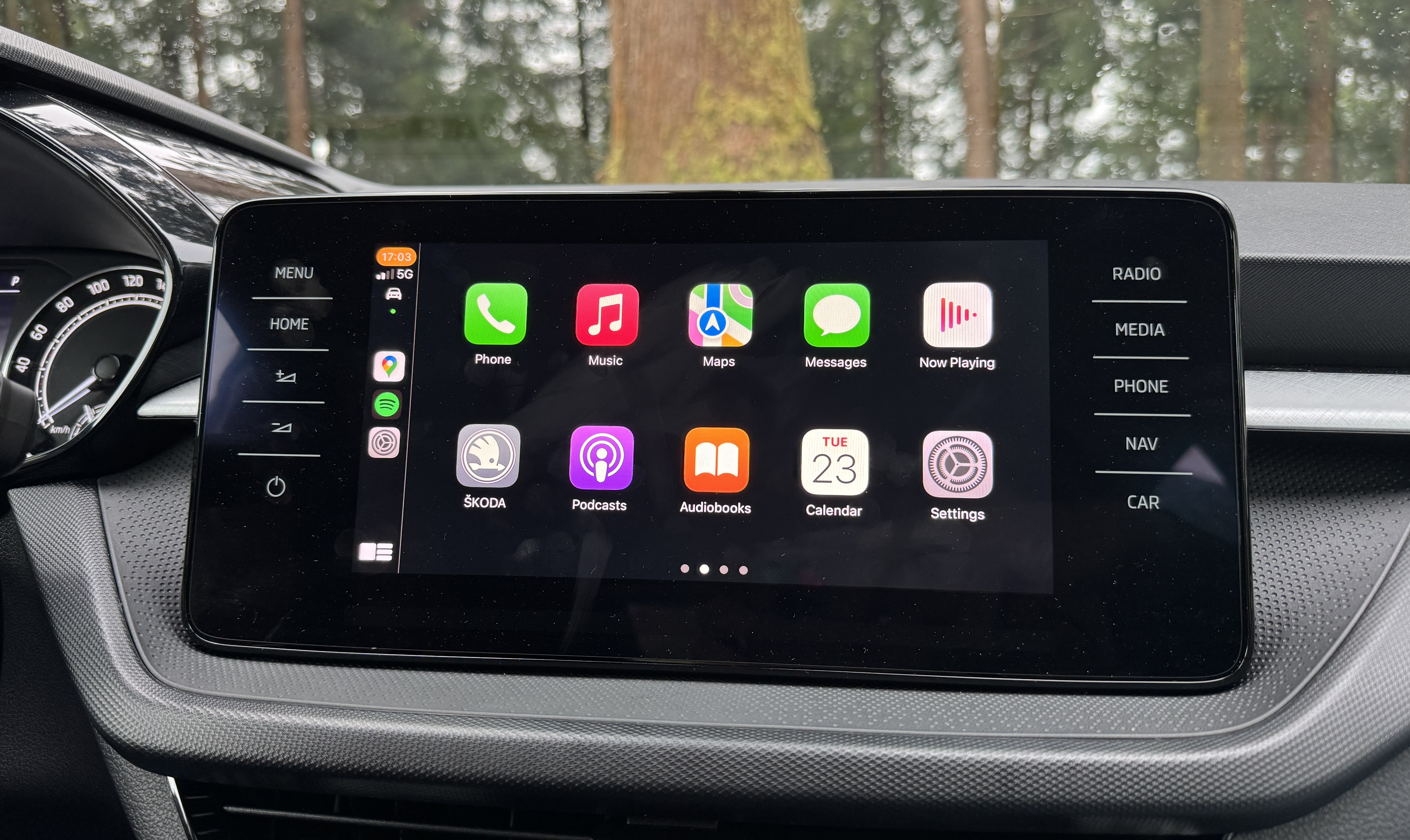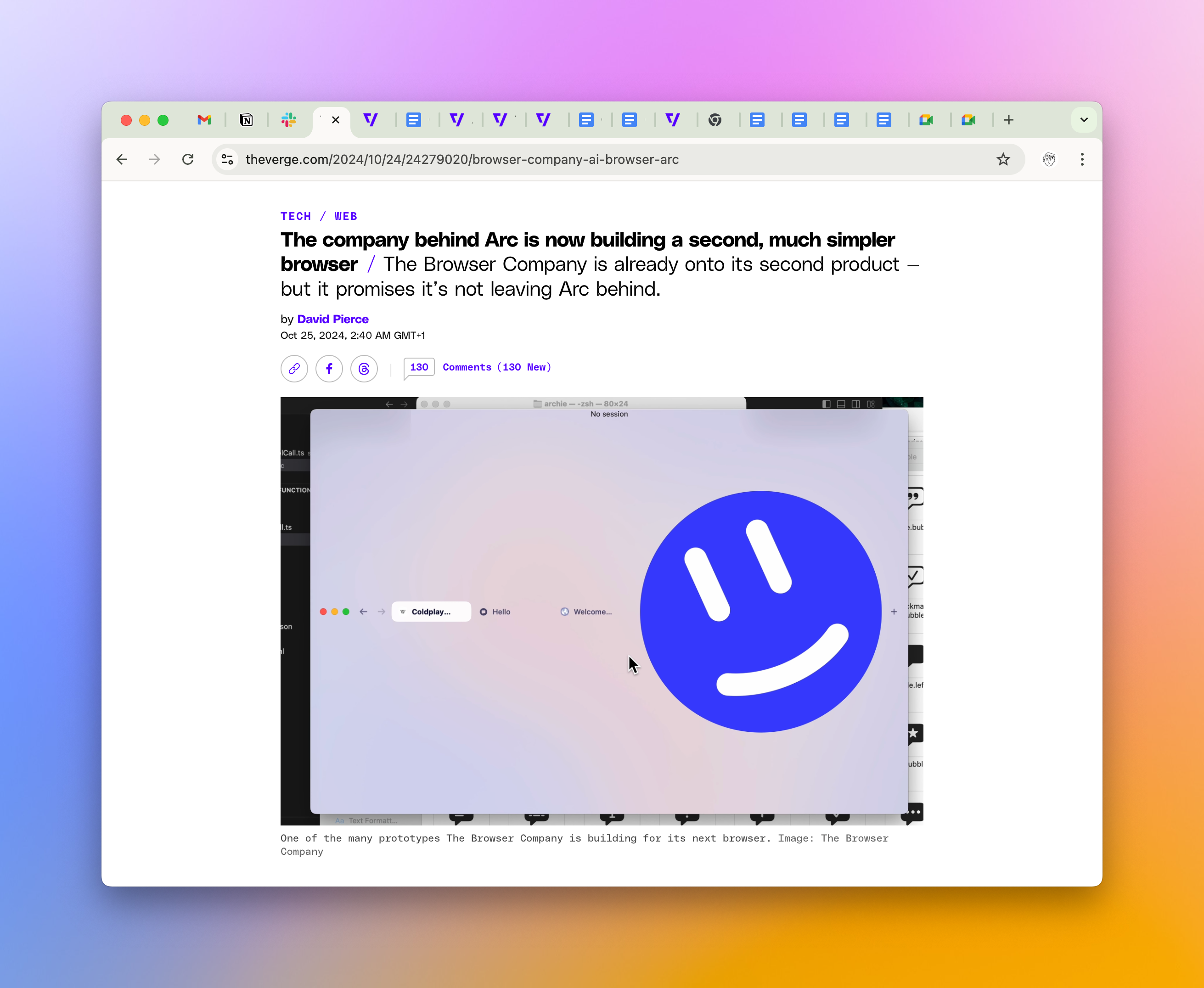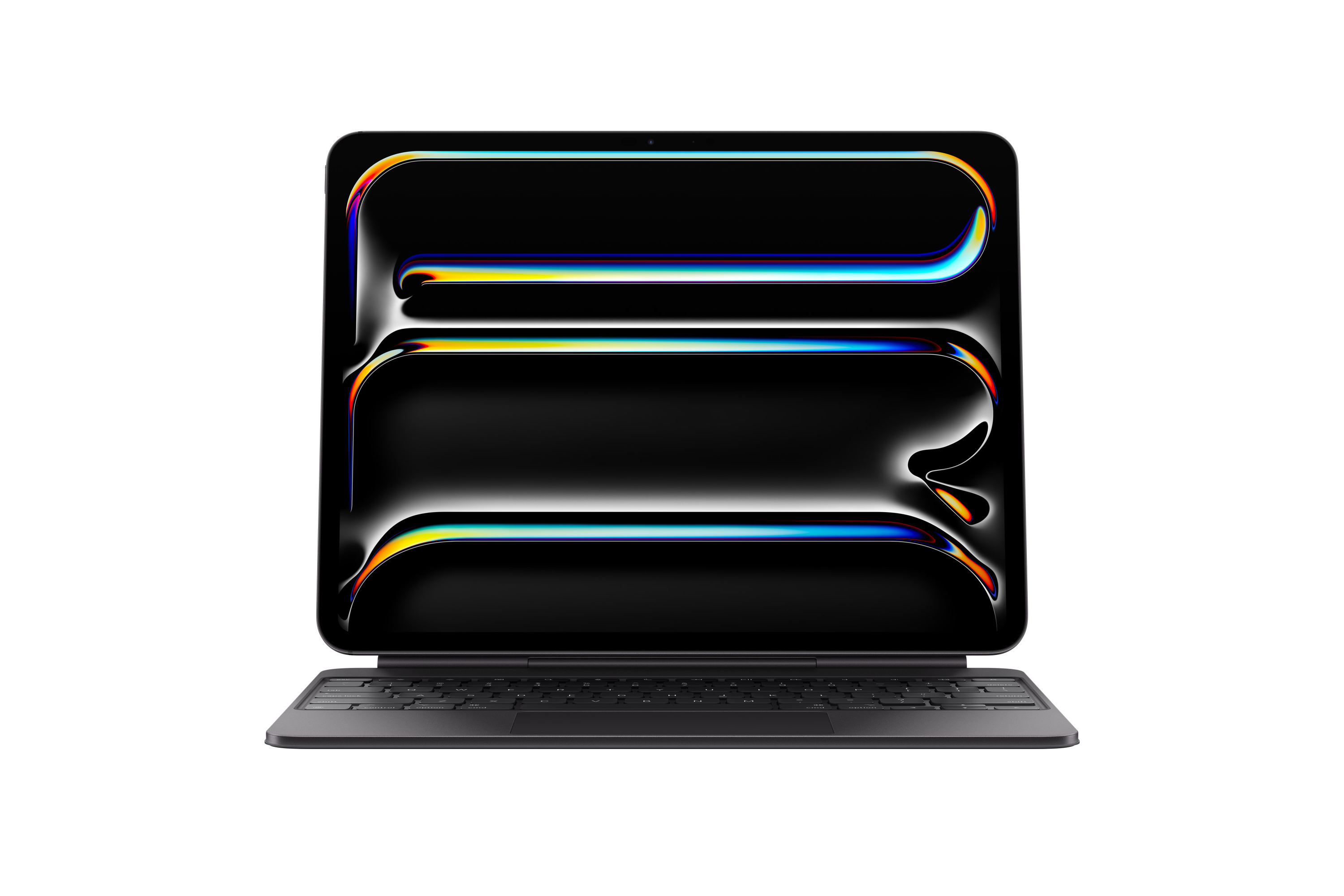Touch the Glass: Finding a Better Home for Your Photos
The painful journey of photographers looking to find the best avenue to post their photos online and the lock-in exacerbated by subscriptions.
Since Flickr made many terrible product decisions to alienate its customer base and Instagram decided they’re on to copy TikTok now, many photographers have been struggling to find a good place to post their photos online. You can find numerous Reddit posts with people wondering the same question.
The common thread you can see there is that there’s definitely not a single option the majority prefers.
Flickr was that option. The go-to photography website where everyone kept their own portfolio and caught up on the best photos posted in the community. They got too greedy. Or, they failed to deliver on mobile and correctly estimated the falling popularity of professional photography.
VSCO emerged as a more premium alternative as Instagram created the “VSCO Girl” phenomenon and is now trying to reinvent itself. 500px was popular for a minute and still seems to have a lively community, but it isn’t really mentioned in photographers’ conversations too often.
The common thread here is these apps either don’t target professional photographers or want you to pay up so much that they cripple the free tier.
Glass is the latest attempt to build a dedicated app and a community for photographers. It’s a subscription-based app available on iOS, Android, and desktop. The entire service is circled around photos – those are front and center.
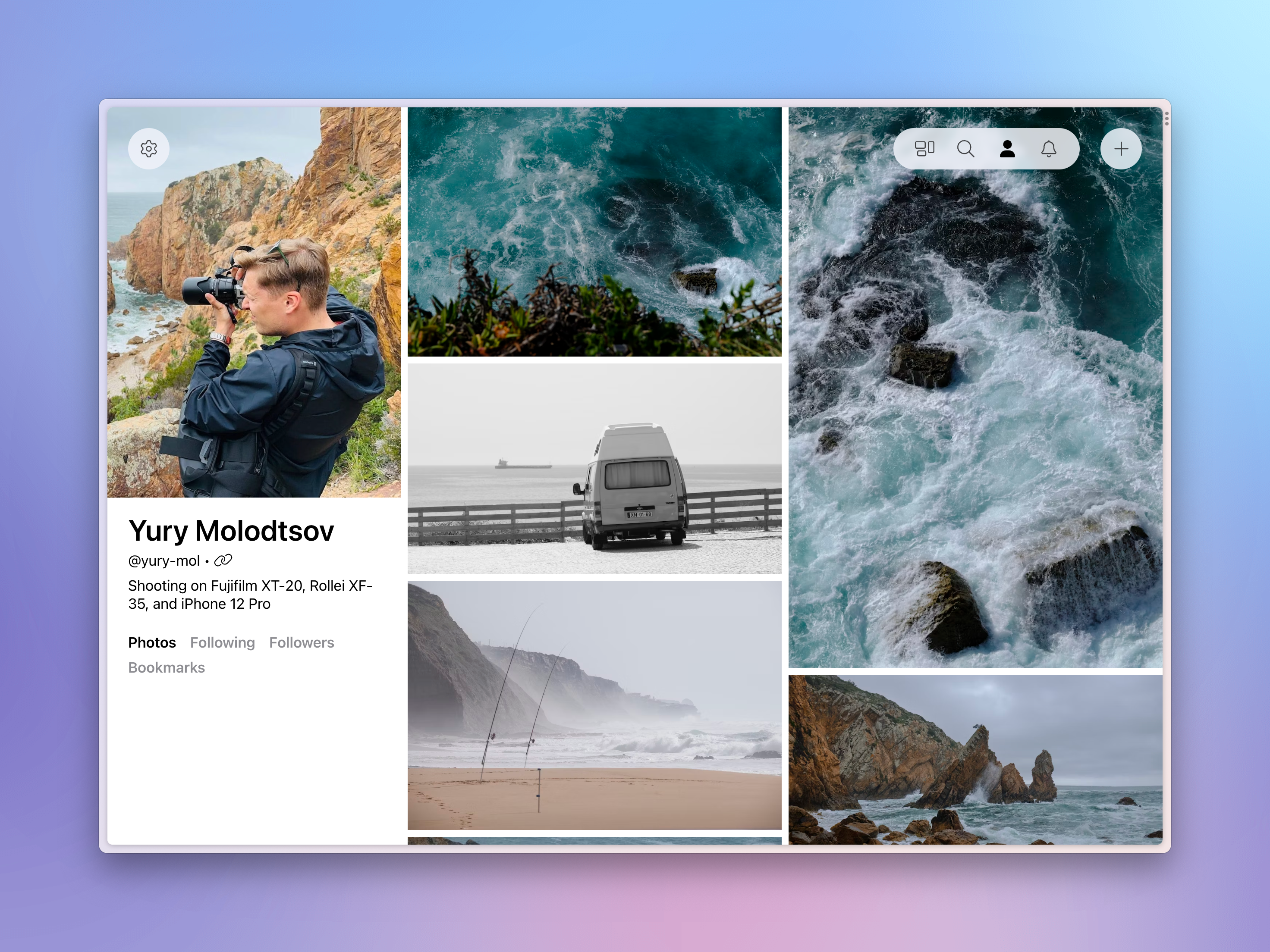
The photos are glorious here. And the app itself feels quite nice. Some friction points exist, but I wonder if they’re intentional or accidental. For instance, if you want to upload multiple photos, you must do it individually. It’s not the best experience when you’re trying to put three, but I guess it prevents people from posting 20 in a row.
Part of the problem with such communities is that you can’t just find your friends or invite others. Glass definitely has a community. I simply posted photos there and started getting “appreciations” (that’s what they call likes) and even comments.
(You can look at my profile here)
Your photos showcase EXIF information (unless you manually erased it). Helpful to get the context behind the shot and how it was taken. You can also search for photos shot on particular equipment.
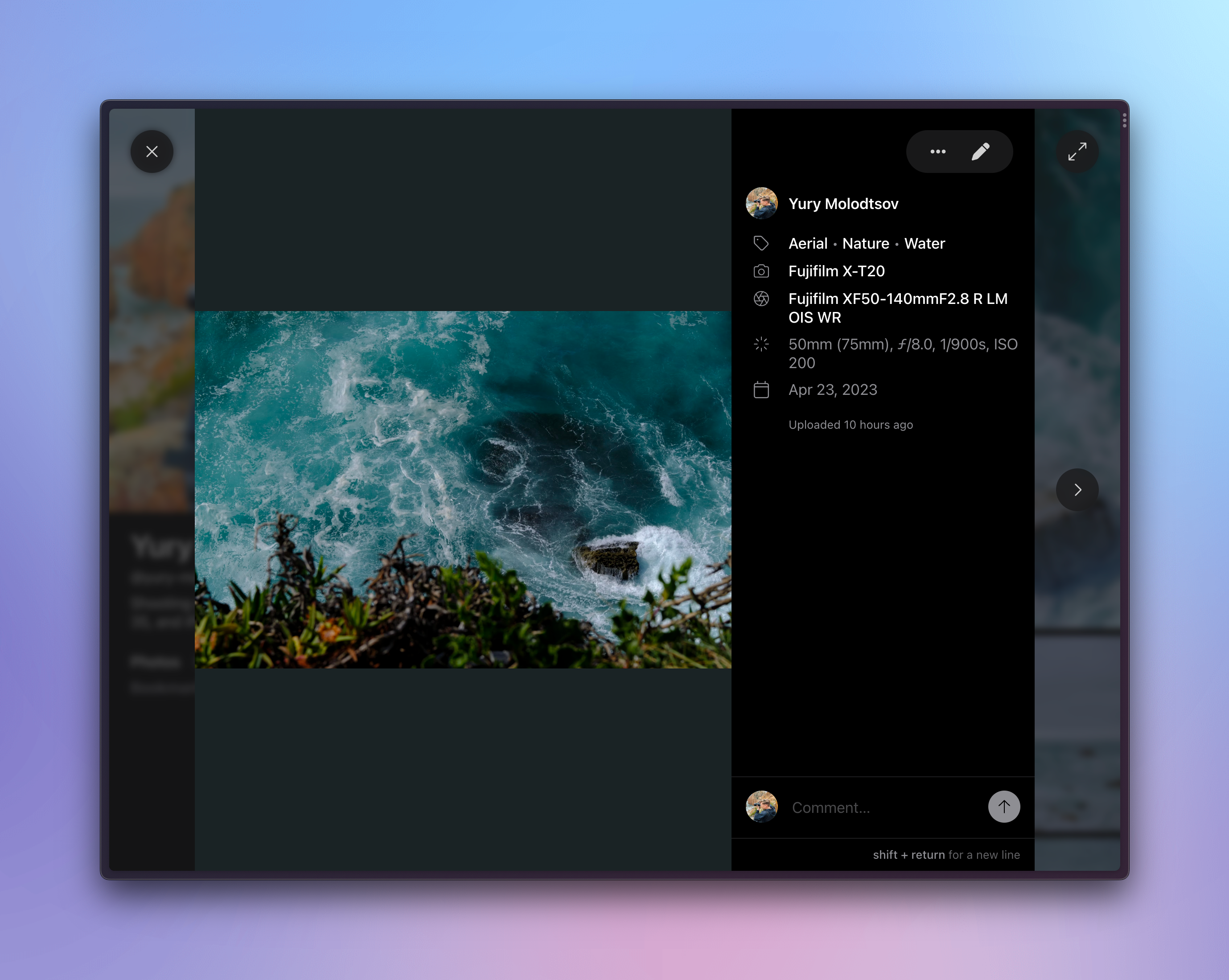
Probably one of my favorite features is the Public Profile. When you enable it, Glass gives you a link anyone can access to see your photos without having an account. And this webpage is gorgeous.
***
And now we’re coming to the key question I have about Glass. Social platforms are now trying to find alternative business models and testing out subscriptions. Glass heavily focused on “No advertising”. Instead, you pay $5 a month or $30 each year. I think the subscription model doesn’t make sense for general-purpose social networks, which must attract everyone to keep their network effects alive. But niche social apps targeting a specific affluent audience seem to fit a subscription product well.
Glass is fair in its business model. There’s a trial period, but there’s no free tier. But I fear that for an app focusing on social content, it’s an even worse lock-in than anything done by Meta.
Subscriptions for social apps are the ultimate lock-in
Let’s be clear, I’m not holding this against Glass. But your account effectively becomes a hostage.
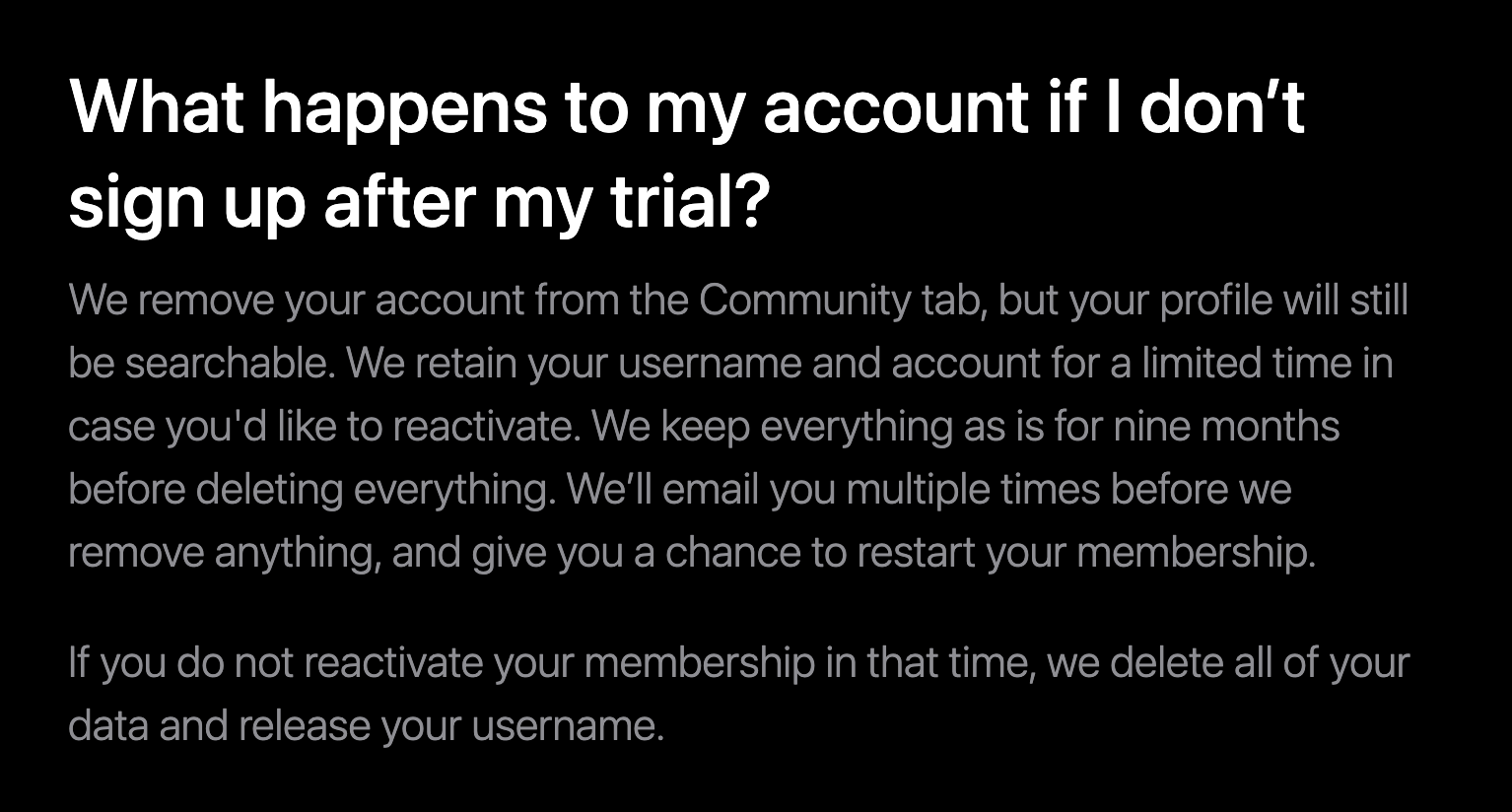 As soon as you stop paying, the Public Profile is disabled, and the clock starts ticking. And then they delete all your photos. You can export, sure, but where would you import them?
As soon as you stop paying, the Public Profile is disabled, and the clock starts ticking. And then they delete all your photos. You can export, sure, but where would you import them?
And that’s why I’m hesitant to continue using Glass despite all the positive stuff. Because then I’m bound to pay for it forever or lose everything I’ve put and built there. And this is not a good feeling.
Considering this, it might make more sense to simply pay for hosting your photos on a blog so you’re the only owner. Or use the platform you can abandon at any time without feeling guilty. That’s why I started a microblog as my personal online journal with a separate photo page and also put some of them on 500px.

